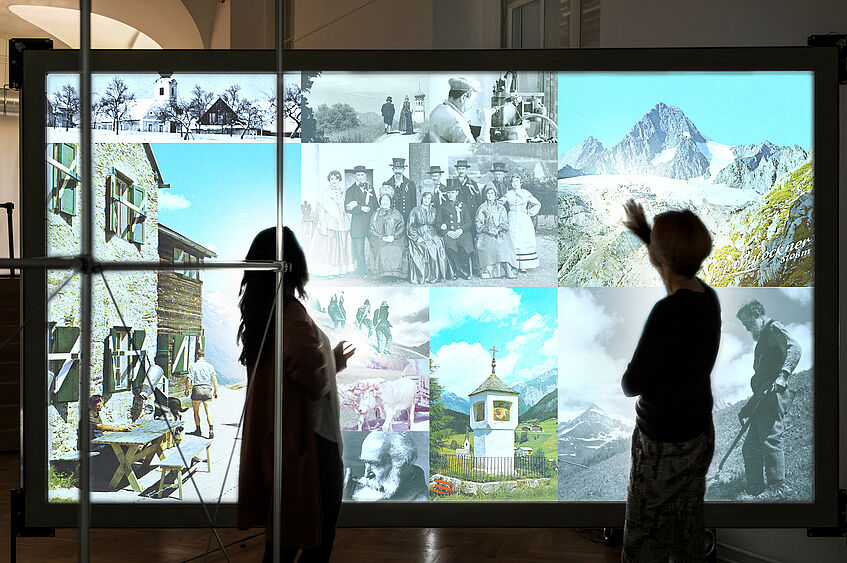Stadt-Land-Bild. A Social Image Analysis of Contemporary Conceptions of Longing
Martina Fineder, Laura Commare, Luise Reitstätter, Astrid Hammer, Claudia Peschel-Wacha, Andreas Pawlik, Julian Roedelius
Top Citizen Science Project (November 2018 – October 2019)
In this digital revolution, worldwide crises and global insecurity there is a simultaneous tendency to look back. This phenomenon—called “Retrotopia” by sociologist Zygmunt Baumann—is accompanied by a longing for authenticity, simplicity and security. It depends on a glorification of conservative values of family, work and community, and is accompanied by a renewed nostalgia for life in the countryside. Stadt-Land-Bild explores this phenomenon and expands the visual and material analysis of the base project Stadt-Land-Kind by establishing the exhibition space of the Austrian Museum of Folk Life and Folk Art as a Citizen Science (CS) research setting. This will include a multi-media research station, inviting citizen scientists to actively engage with the image corpus of Stadt-Land-Bild. Apart from autonomous explorations, the program builds on intergenerational picture talks as well as guided workshops and open research sessions at peak museum times. Citizen scientists can play the social image tagging game ARTigo and work with the social image analysis tools offered by the ARTigo Analytics Center. Essentially, this means that participating citizen scientists will be both describing images and analyzing the descriptions given by themselves and others. Museum visitors with different perceptions, opinions and experiences – and from different generations – collaboratively reflect upon urban-rural sentimental and ideological constructions of longing so as to make a contribution to an open conception of Heimat.
A project by the Academy of Fine Arts Vienna in cooperation with the University of Vienna (CReA Lab), the Austrian Museum of Folk Life and Folk Art, the Ludwig-Maximilian University of Munich (Department of Art History), dform and Visuelles e.U.
Realized within the programme Top Citizen Science and funded by the Austrian Federal Ministry of Education, Science and Research
www.stadt-land-kind.at/?p=58


